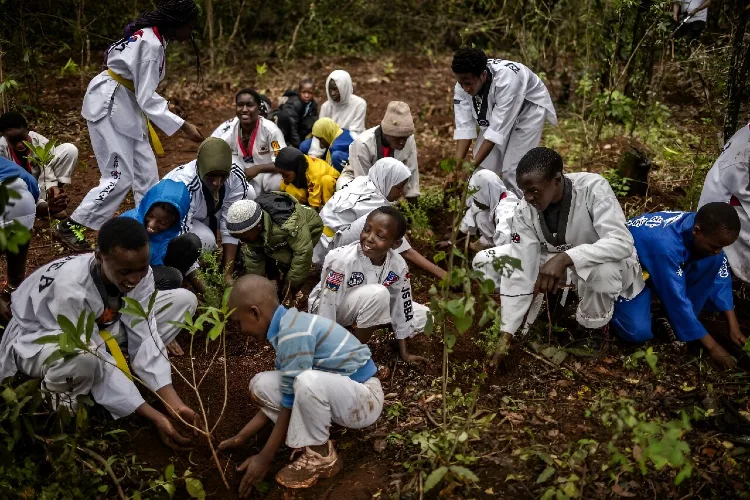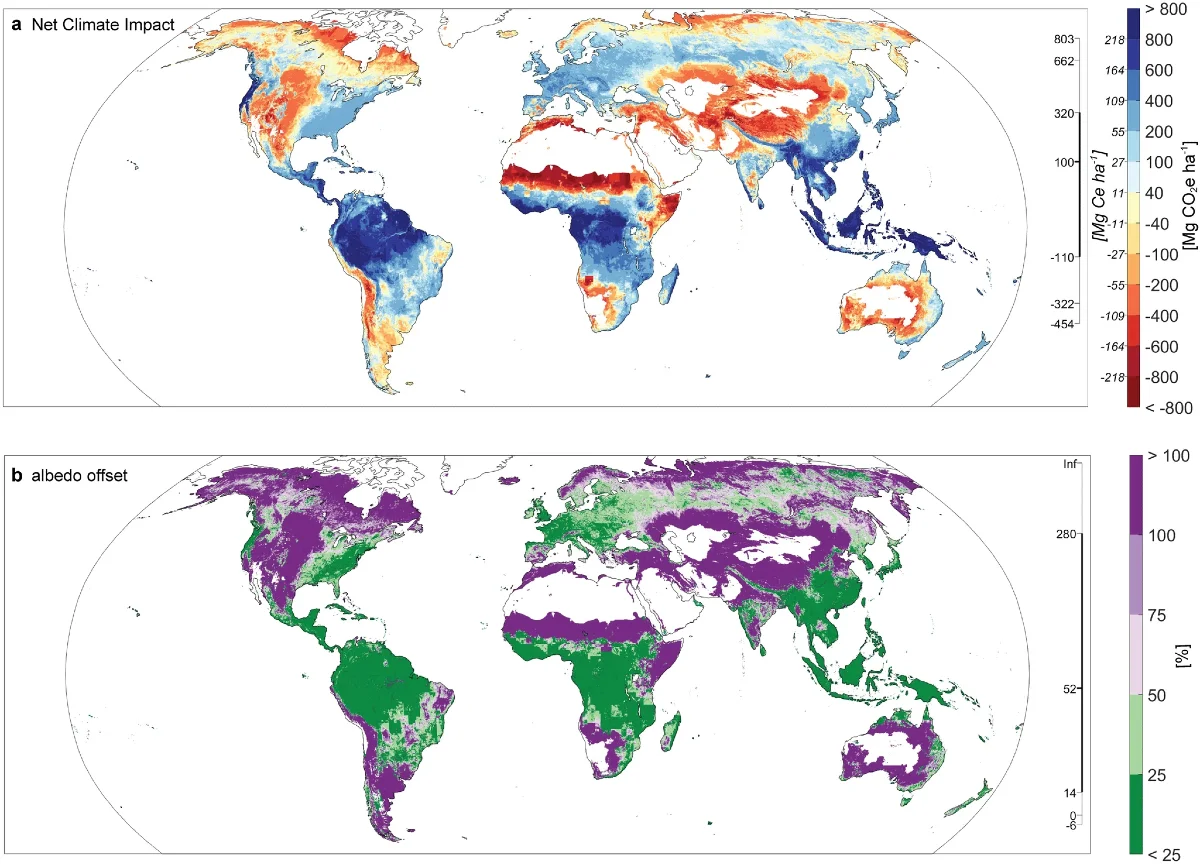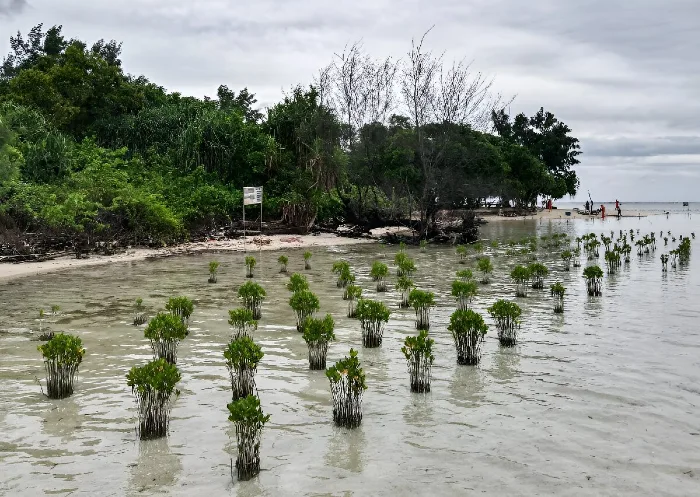Planting trees is a great way to fight climate change, but it must be done in the right places. A new study shows that planting trees in the wrong locations can actually warm the planet.
Trees absorb carbon dioxide, which is a major greenhouse gas. But trees can also reduce the amount of sunlight reflected by the Earth’s surface. This means more heat is absorbed.
“There are some places where putting trees back leads to net climate negative outcomes,” Susan Cook-Patton, one of the study’s co-authors, told AFP.
Scientists previously knew about this effect (called albedo) but didn’t have the right tools to measure it. Researchers have now created new maps to show the impact of tree planting on warming and cooling.
The study found that some tree-planting projects may have overestimated their climate benefits by 20-80%. Cook-Patton, a senior forest restoration scientist at The Nature Conservancy, says the maps show where to focus efforts for the best results.

Where to Plant, Where Not To
Snowy areas have the highest albedo. They reflect up to 90% of the sun’s energy, keeping things cool. Planting trees in these areas has the biggest warming effect.
Tropical forests like the Amazon are great places to plant trees. They store lots of carbon and don’t change albedo much. Grasslands and savannas are less ideal locations.

The second chart (b) focuses on the sunlight reflection aspect (albedo). Purple areas show where planting trees reduces the amount of sunlight reflected, which can partially counteract the benefit of storing carbon dioxide.
More To Discover
Despite the albedo effect, Cook-Patton stresses that forests have many benefits. “We really don’t want our work to be a critique of the movement writ large,” she said.

Source: Nature Communications



















